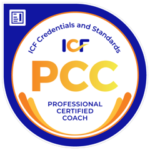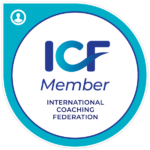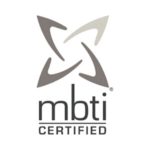We’ve all been there at one point or another. You’re in a meeting, and in the span of 30 seconds, your objective has gone off the rails and what you intended to accomplish is now a distant memory. Someone has hijacked the agenda and is actively stealing your spotlight! It’s almost like being back on the playground, and a kid named Spike has literally kicked you off the swing set. You didn’t want to get off the swing, but that pushy kid landed you in the sand.
Recognize Who’s Stealing Your Spotlight
You may see a few observable traits of the swing set thief in meetings. They frequently interrupt, try to steal or redirect the agenda, or break the flow of the group. They try to dominate the conversation, infusing their opinions without allowing input from others.
It almost seems like the old saying, “my way or the highway.” Typically, there is no room for discussion and the behavior rings more aggressive than assertive. Sometimes it’s downright brutal. The culprit criticizes ideas, emotions start to run high, and meeting participants shut down and run for the hills.
How good is that for a team? Remember the old science theory we learned in school: negative energy attracts negative energy? When you make room for the swing set thief, the entire team loses energy and enthusiasm. Engagement suffers, and your collaborative, creative environment evaporates.
Get Your Swing Back
- First and foremost, stay in charge of your meeting. As the meeting leader, send out a clear agenda of topics ahead of time. Sounds simple, but you would be shocked at how many people don’t take this suggestion to heart. Remember that those who are more introverted need time to internally process and think about the topic. Give them that courtesy with an advance agenda. Also, when the meeting starts, clearly state your objectives and expected outcomes for your time together.
- Second, take your place next to the usual culprit. If you are convening in person, keep the thief close to you instead of sitting directly across from them. Because you are not face-to-face, you’ll have a better chance of staying in control and not landing in the sand or running for help. The proximity you create may keep your swing stealer in check.
- Third, don’t be wishy-washy when responding to the thief. Stay cool, collected and confident. Be emotionally intelligent and aware of your reactions. Don’t roll your eyes or look away; don’t huff and puff or show frustration. Look the thief straight in the eye. If the thief gets aggressive or does a lot of interrupting and derailing, don’t be afraid to hit the brakes. The thief needs this correction big time. Calmly and professionally tell them you want to finish your point and will provide them the same opportunity shortly. The key is to stay in control and stop the behavior gracefully and precisely.
Understand What Motivates Swing Set Thieves
As a certified coach in the field of personalities and behaviors, I find that swing set thieves typically just want to be heard, or they are so motivated by results that they move too fast for others.
Others are astute at recognizing problems and are trying to vet them out and make sure you see them, too. That, or they are so determined to get the work done, that they don’t want to take the time to hear others.
Most of the time they are well-intentioned, but their delivery gets them in trouble. Trust me, we do need them to see what could go wrong, and to drive results quickly. However, they need to understand that breaking the flow of the meeting is troublesome, stifles creativity and, if they do it too often, can damage their brand. They will find that instead of being perceived as someone who uncovers issues or moves the team quickly, people will consider them a proverbial roadblock.
Know Yourself
I imagine we all have had some experience in this area. The trick is to evaluate our leadership and increase our self-awareness of what side of the swing we are on. Are we sitting on it or getting pushed off?
It takes practice but, in either case, acknowledging your own behaviors and bringing more balance to the situation helps the greater good of the teams you work on and the goals of your company.
What techniques have you used to manage swing set thieves?
This post was originally published by Christine in Forbes’ Coaches Council CommunityVoice — an invitation-only division of Forbes Magazine — where Christine is a member and contributing author.
Photo credit: composita


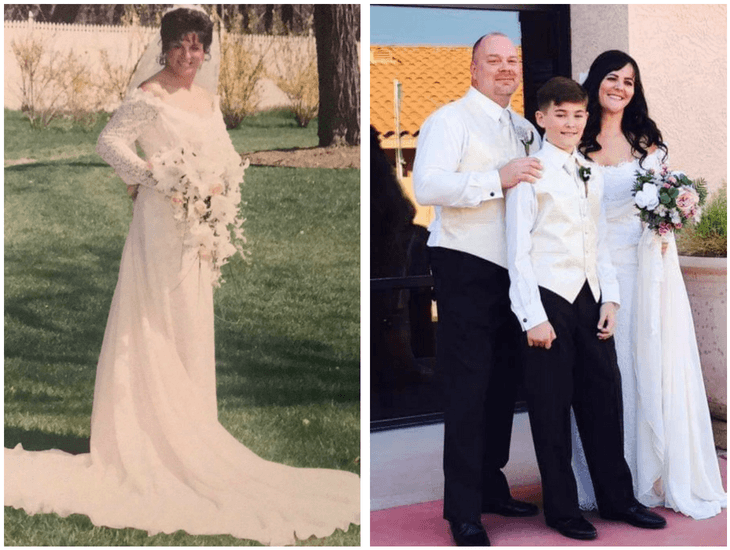

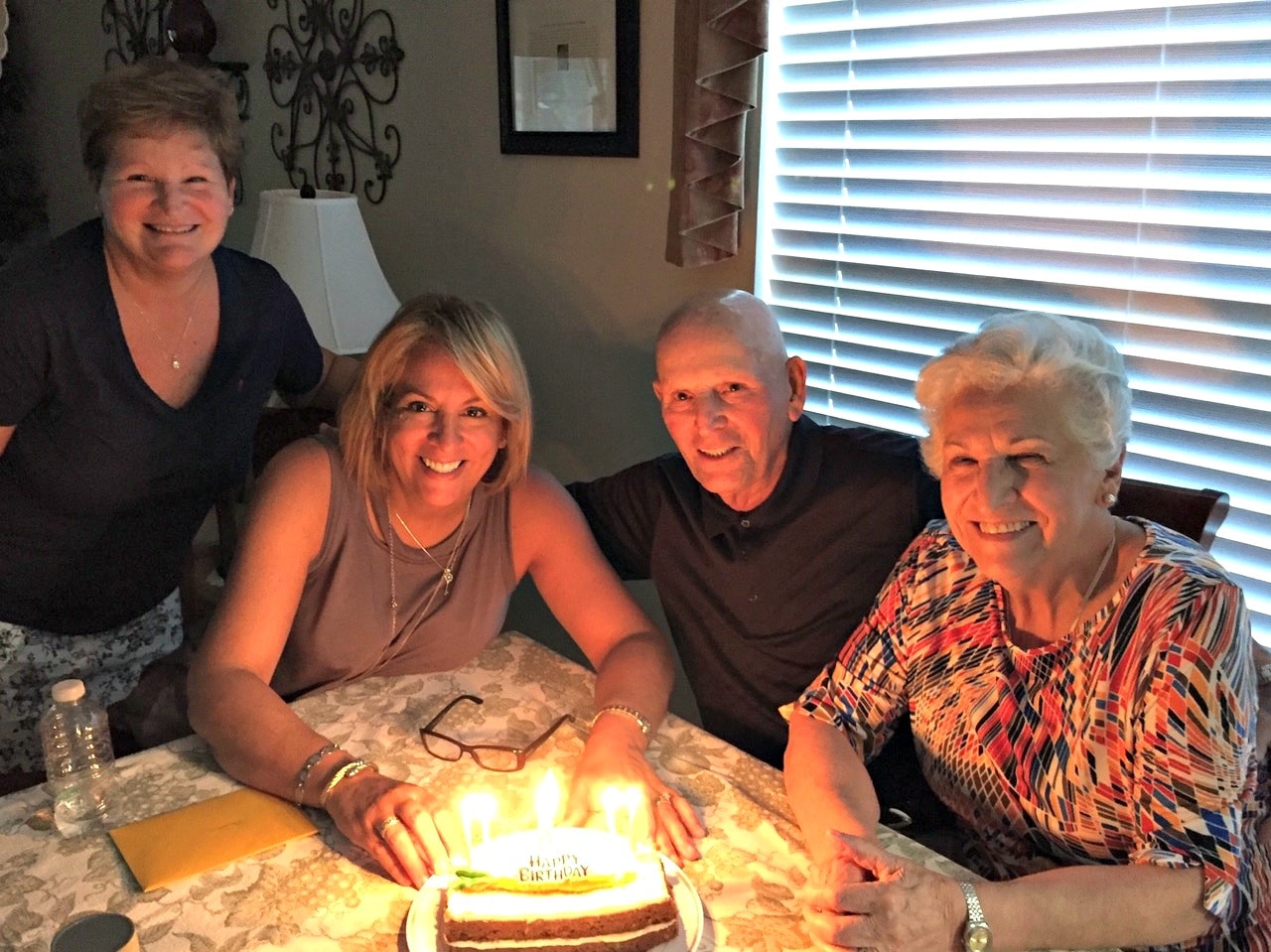
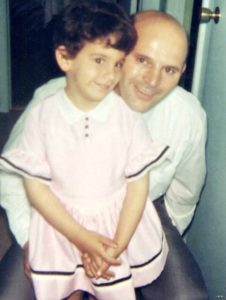
 With a few clicks I found two tickets for my aunt and me to fly from Arizona to Florida. We got there in 24 hours. My mom had prepared me so when I walked in, I knew what to expect. We were near the end.
With a few clicks I found two tickets for my aunt and me to fly from Arizona to Florida. We got there in 24 hours. My mom had prepared me so when I walked in, I knew what to expect. We were near the end. What I learned was how truly wonderful people are when you are at your worst. My colleagues were generous in covering my classes. My clients were beyond understanding about my commitments. My friends and family were at their absolute best. Most of all, my husband stepped in without hesitation when I literally dropped everything; he was a pillar of strength. My 10-year-old son even helped soothe my pain after I delivered my father’s eulogy.
What I learned was how truly wonderful people are when you are at your worst. My colleagues were generous in covering my classes. My clients were beyond understanding about my commitments. My friends and family were at their absolute best. Most of all, my husband stepped in without hesitation when I literally dropped everything; he was a pillar of strength. My 10-year-old son even helped soothe my pain after I delivered my father’s eulogy.

 Over the last few years, I have found that the most effective way to maintain my New Year’s momentum is to think about my goals first, and then, most importantly, I “get them down!” I don’t just commit to them mentally, I also physically sit down — as I am now in Starbucks — to put them on paper (or a Word doc :)).
Over the last few years, I have found that the most effective way to maintain my New Year’s momentum is to think about my goals first, and then, most importantly, I “get them down!” I don’t just commit to them mentally, I also physically sit down — as I am now in Starbucks — to put them on paper (or a Word doc :)).
 Not me. I saw the present reality. I saw the detail and wanted to run for the hills. I kept asking questions: “How many cabinets?” “Which walls?” “How long will this take?” “Where’s the plan?” I also kept saying, “Show me. I can’t visualize it.” So, in that moment, my very patient husband whipped out a piece of yellow lined paper, drew the concept, and took me through it step-by-step. Once I could see the detail, I was good. Two perspectives.
Not me. I saw the present reality. I saw the detail and wanted to run for the hills. I kept asking questions: “How many cabinets?” “Which walls?” “How long will this take?” “Where’s the plan?” I also kept saying, “Show me. I can’t visualize it.” So, in that moment, my very patient husband whipped out a piece of yellow lined paper, drew the concept, and took me through it step-by-step. Once I could see the detail, I was good. Two perspectives.
 At first he looked at me in horror for having to put that device down, but then tilted his head and said, “Sure, I’d like to try.” I was then horrified. What was I thinking sending him into the surf? Once I gathered myself, I “hired” my husband to be his protector. I watched as they listened to the instructor. I saw him test the waters to ensure he could swim to the board. Then off they went and paddled out to sea.
At first he looked at me in horror for having to put that device down, but then tilted his head and said, “Sure, I’d like to try.” I was then horrified. What was I thinking sending him into the surf? Once I gathered myself, I “hired” my husband to be his protector. I watched as they listened to the instructor. I saw him test the waters to ensure he could swim to the board. Then off they went and paddled out to sea.

